2025
Comparably’s Best Company Outlook
* Providing engineering services in these locations through SWCA Environmental Consulting & Engineering, Inc., an affiliate of SWCA.

From the experts we hire, to the clients we partner with, our greatest opportunity for success lies in our ability to bring the best team together for every project.
That’s why:
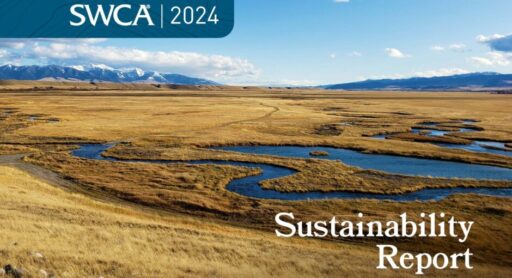
At SWCA, sustainability means balancing humanity’s social, economic, and environmental needs to provide a healthy planet for future generations.
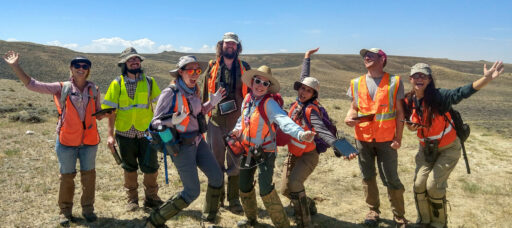
SWCA employs smart, talented, problem-solvers dedicated to our purpose of preserving natural and cultural resources for tomorrow while enabling projects that benefit people today.

At SWCA, you’re not just an employee. You’re an owner. Everyone you work with has a stake in your success, so your hard work pays off – for the clients, for the company, and for your retirement goals.
Gregorys Creek Mitigation Site
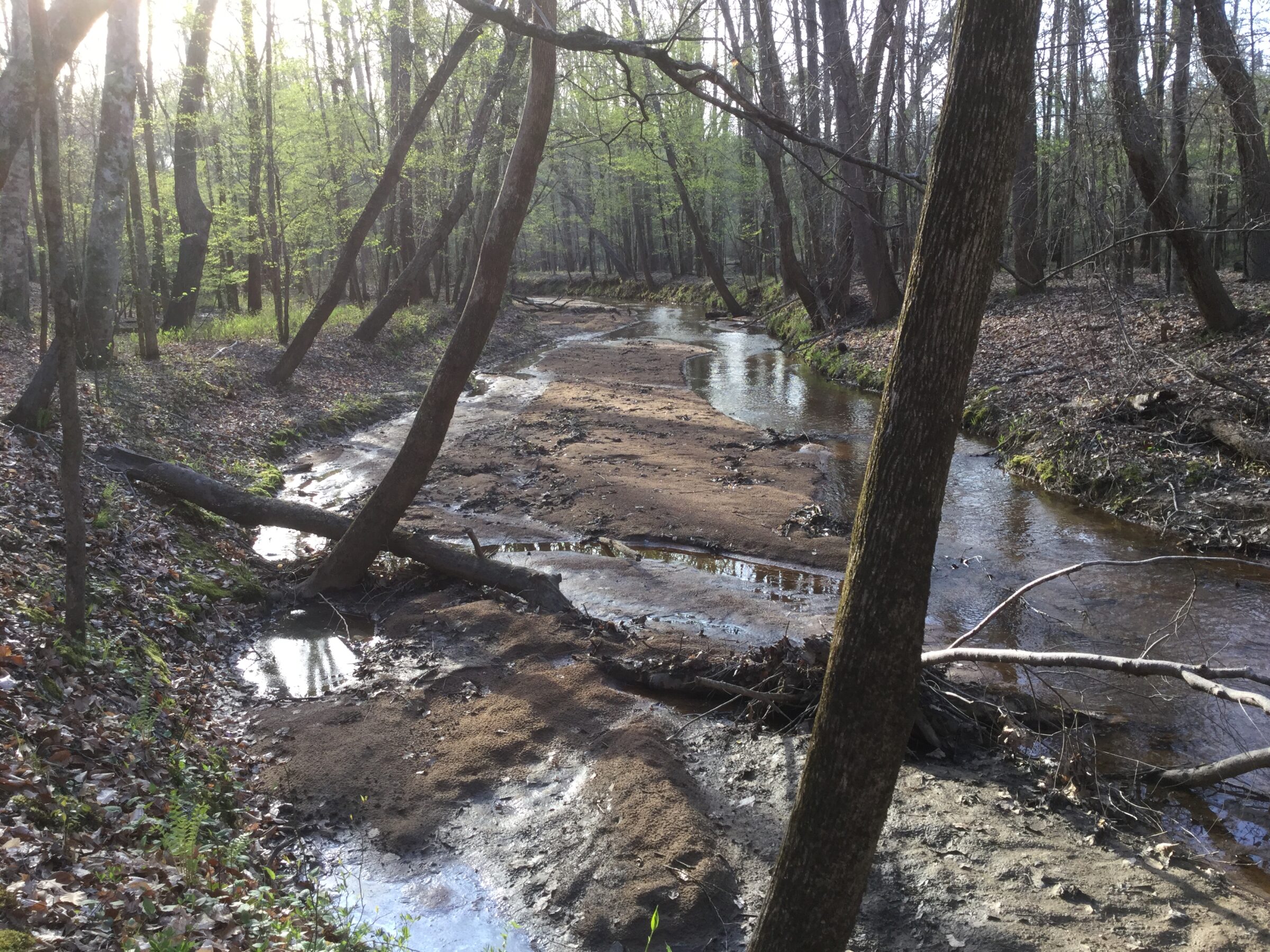
SWCA provided construction observation services for the restoration and enhancement of approximately 34,500 linear feet of Gregorys Creek and 13 of its tributaries.

For questions or further information, please fill out the form below.
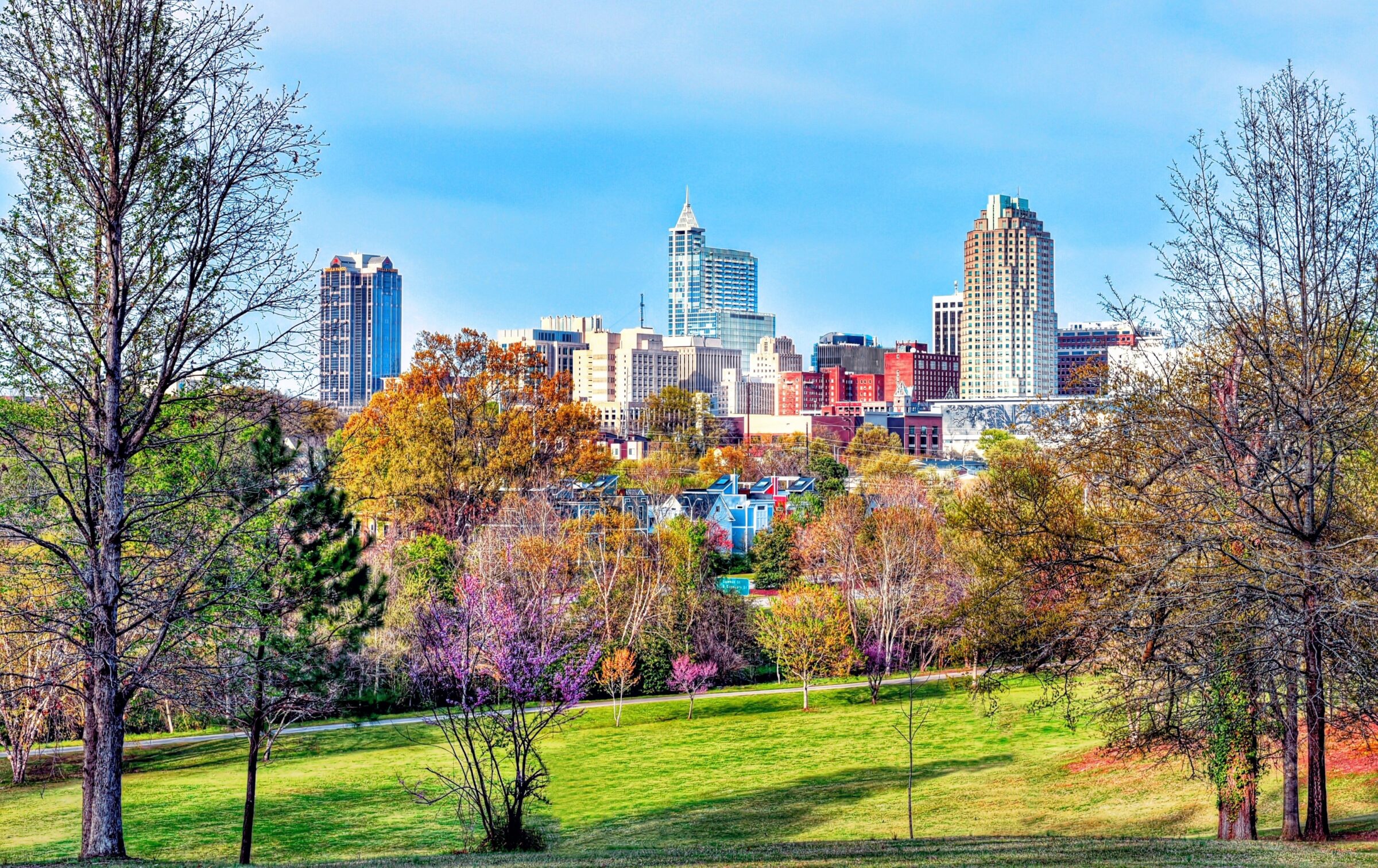
SWCA provided construction observation services for the restoration and enhancement of approximately 34,500 linear feet of Gregorys Creek and 13 of its tributaries. Decades of manipulation and watershed impacts have caused Gregorys Creek to become severely incised with vertical banks in excess of 10 feet. A heavy sediment load and lack of appropriate dimensions created indistinct channel features with no bed diversity and little habitat. Base level shifts in Gregorys Creek subsequently created similar conditions in the adjacent tributaries, where land management practices and buffer infringement also exacerbated the channel impacts.
Enhancement activities for Gregorys Creek (DA=10mi2) include grading and revegetating banks, as well as installing bed structures to protect banks, increase habitat and food supplies, and induce local scour for channel bed diversity. The tributaries (DA=.02-.5mi2) are being improved via Priority 1 and 2 restoration or enhancement, including significant improvement to in-channel structure and habitat. Structures vary to accommodate widely varying conditions and constraints.
Project constraints include the following: minimizing impacts to existing wetlands and hardwood buffers; working in narrow, steep valleys with limited access; steep valleys and channel transitions; completing work directly adjacent to property lines and state highway right-of-way; and managing excess spoil materials in a Federal Emergency Management Agency flood zone.
Deep in the woods of South Carolina, native vegetation and aquatic wildlife begin to flourish across 530 acres of a forested watershed. Only a few years ago, this ecosystem looked much different. Generations upon generations of agricultural and outdated land use practices took their toll — degrading miles of streams, eroding large amounts of sediment along the banks, and diminishing aquatic habitat, among other impacts.
The client has long recognized its responsibility to keep forests healthy and wanted to restore these ecologically significant freshwater streams and wetlands within the Lower Broad River Watershed by establishing a mitigation bank on the land, as a part of the company’s sustainability ambitions.
Ecologically significant mitigation and high-quality work were top considerations for the client in selecting a partner. The team of ecological restoration engineers now at SWCA collaborated with the client throughout the entire process, including identifying potential mitigation sites, developing concept designs, providing engineering expertise and permitting support, and overseeing construction and monitoring.

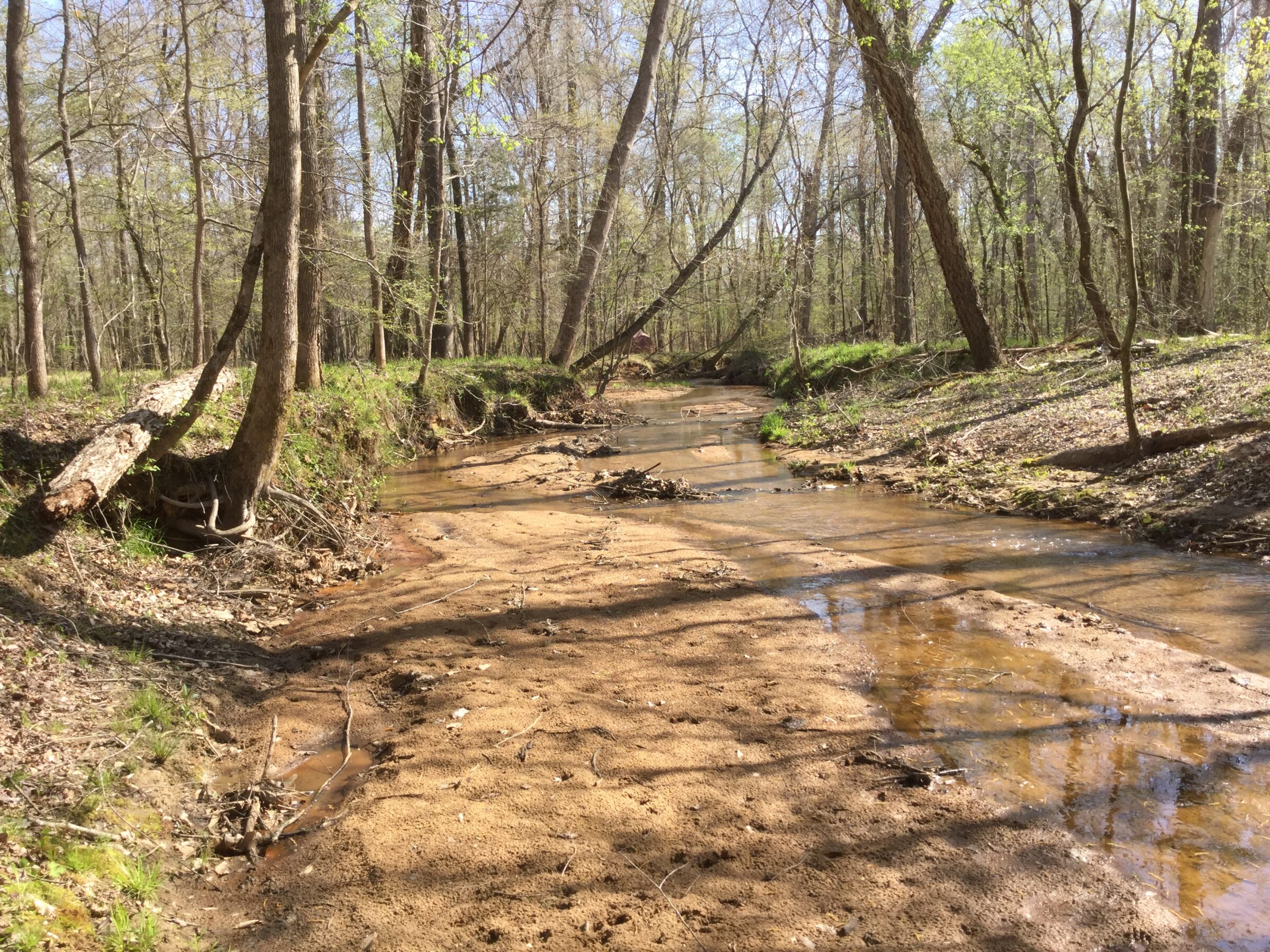
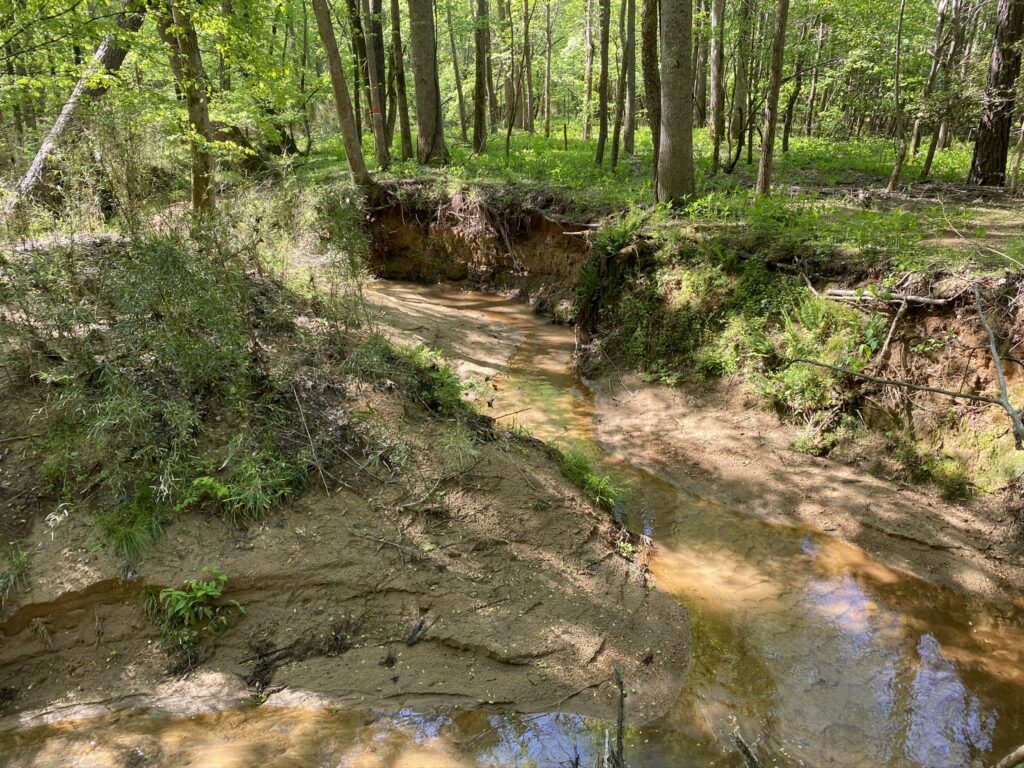
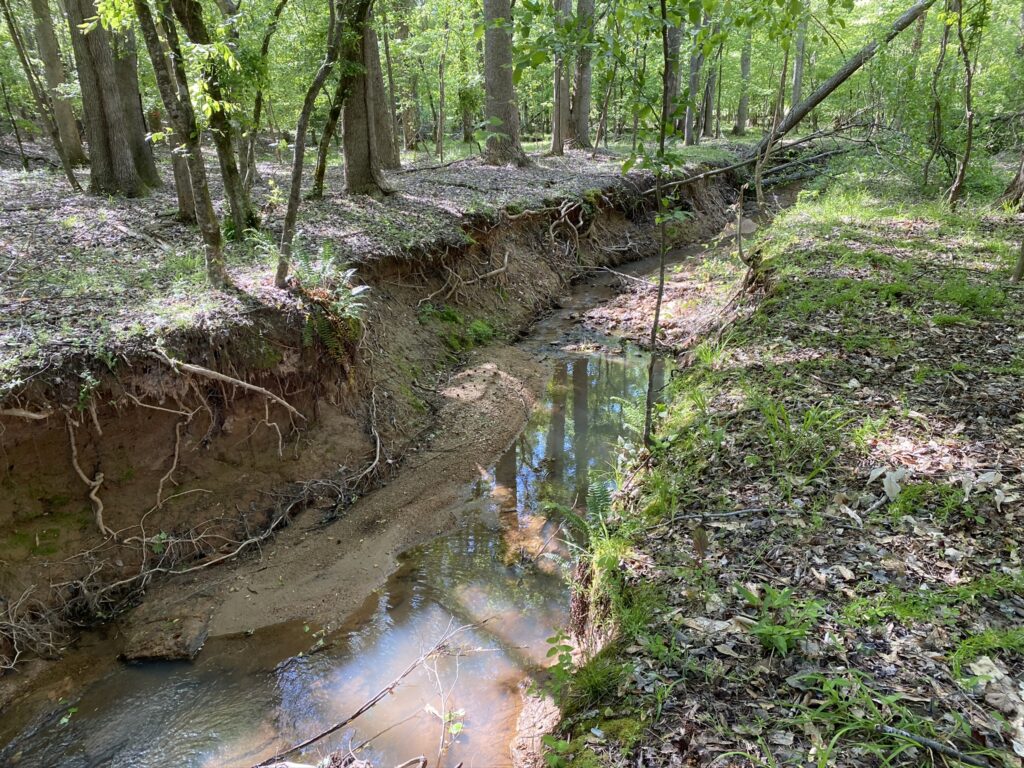
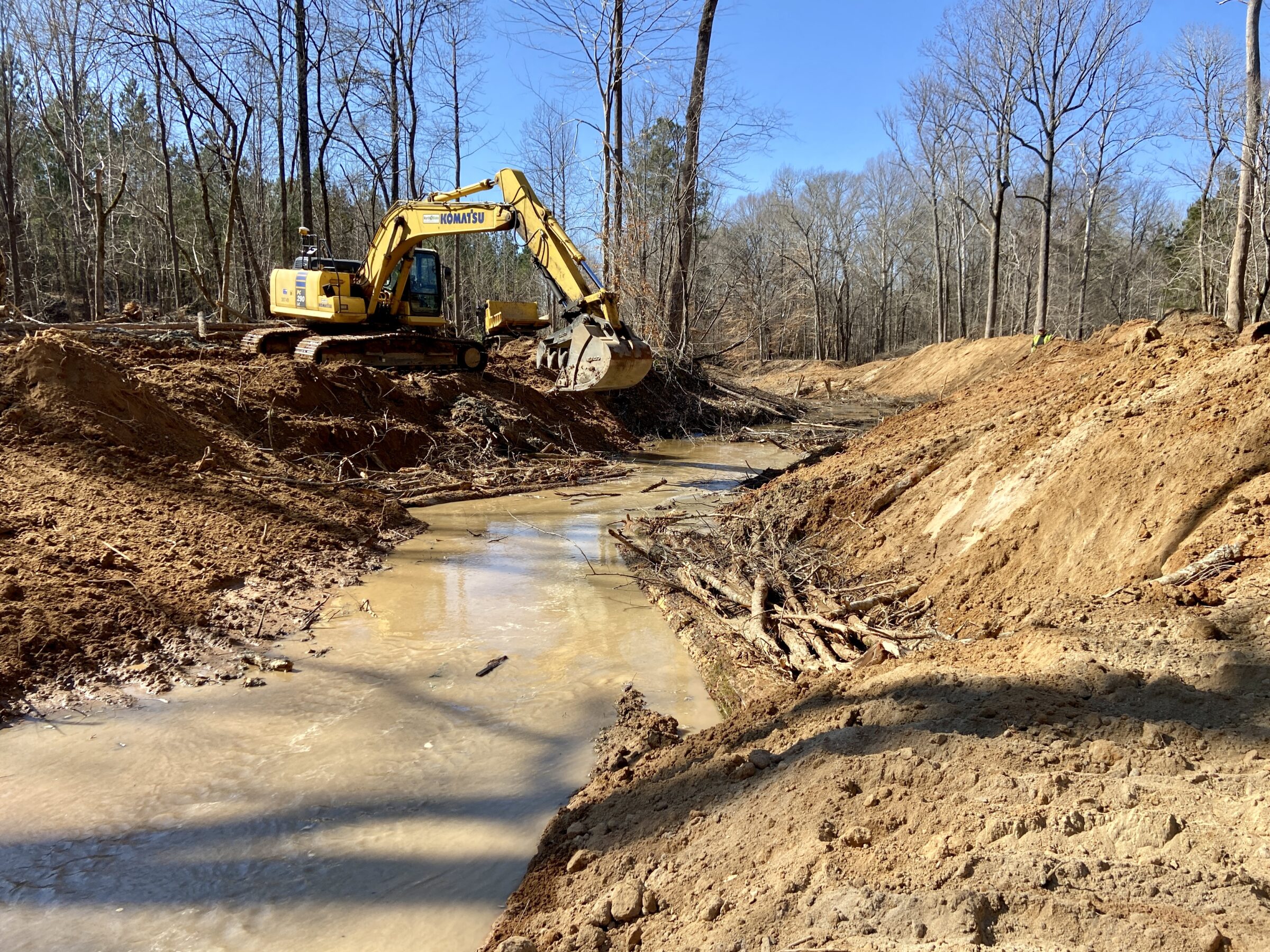
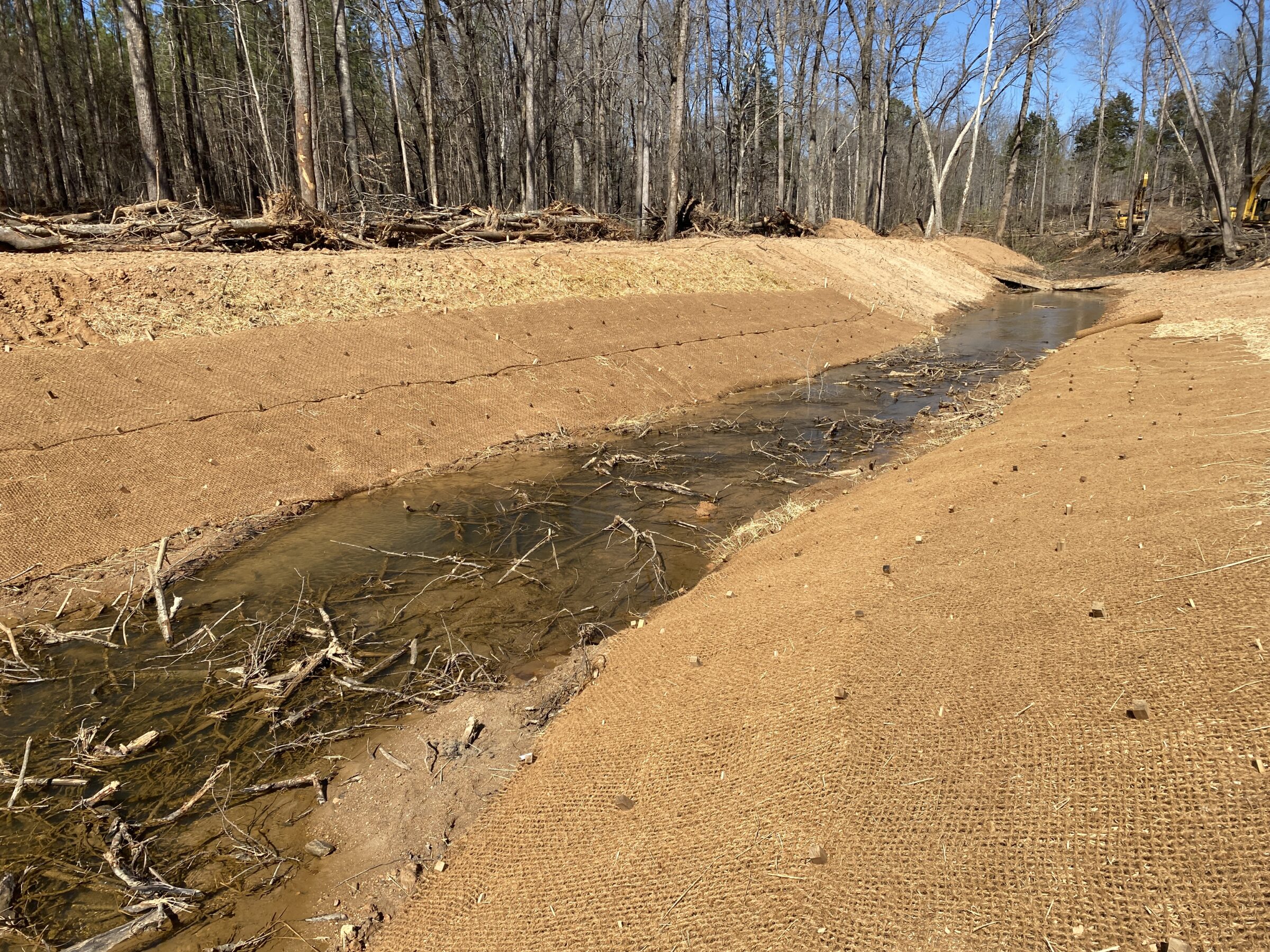
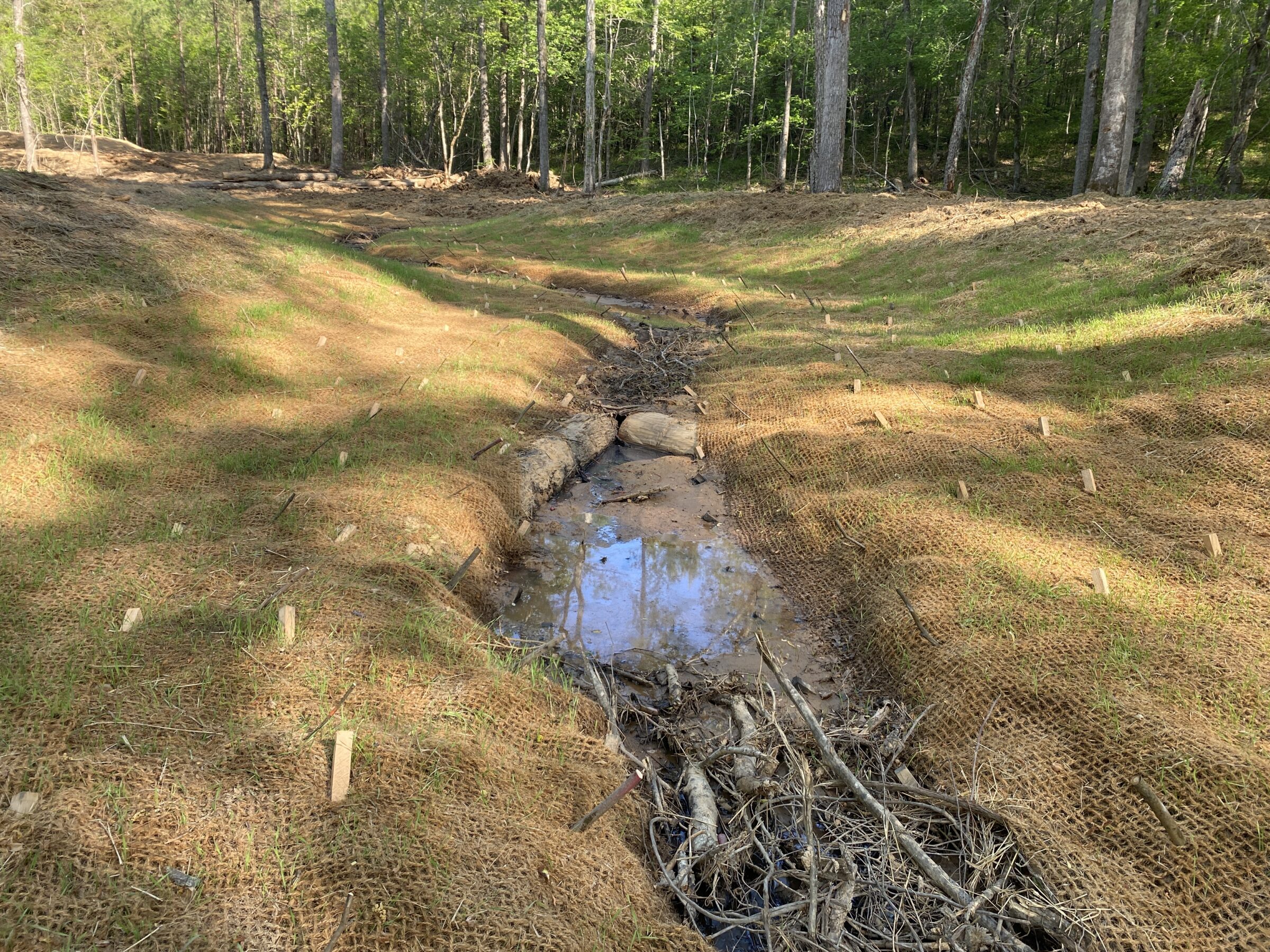
Tim, a Civil Engineer, is experienced in ecosystem restoration, stream/watershed assessment, and water resources engineering. His expertise includes, habitat restoration, sediment pollution, public safety, stormwater treatment, and stream/wetland mitigation.
